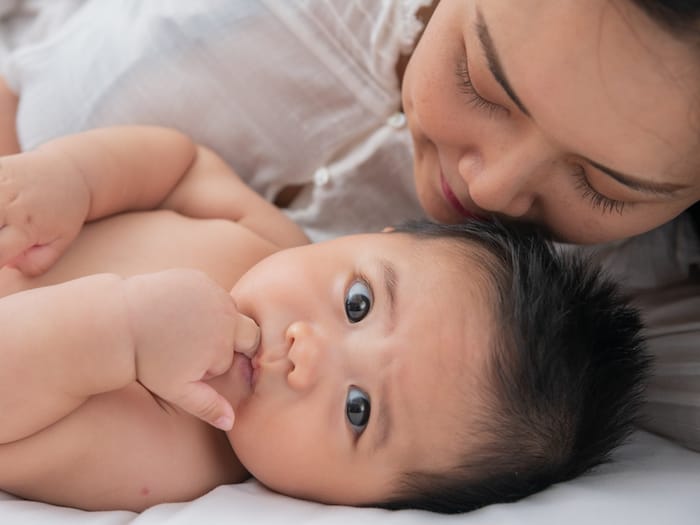The cochlea produces sound known as otoacoustic emissions (OAE) in response to acoustic stimuli. The cochlea’s hair cells vibrate as sound waves reach the ear. An ear canal microphone can then hear the sound produced by these hair cells. OAE testing examines the intensity and frequency of these sounds to evaluate how well the cochlea works.
What are otoacoustic emissions?
Otoacoustic emissions (OAEs) are an objective measure of the function of the cochlea (hearing organ). It is the sound reflected by the inner ear when responding to the sound presented through the ear canal. The echo sound measured from the inner ear is known as OAE.
How does it help hearing care professionals?
It provides additional information regarding an individual’s hearing if they cannot perform a subjective hearing assessment which requires reliable responses from the individual (Eg, a child who is around two years of age and cannot understand the test instructions for performing a subjective hearing test). OAE will provide a preliminary identification of one’s hearing level in this case and provide intervention as early as possible when significant hearing loss is diagnosed.
It also helps hearing care professionals diagnose more complex hearing disorders (e.g., auditory neuropathy spectrum disorder) with other audiology assessment results.
How does it help with cochlear implant evaluations?
Before an individual considers a cochlear implant, the typical pathway is they should already have hearing aids fitted, and it might not benefit much in one’s daily communication. The standard hearing level of a person who will recommend going for a cochlear implant is severe to profound sensorineural hearing loss.
OAE can help determine a person’s hearing level in most cases because, typically, OAE will be absent if a person’s hearing level is more than 70dB HL. If we don’t have any subjective hearing results, at least OAE can give the examiner an idea of the hearing status. However, for a comprehensive cochlear implant evaluation, we can’t just provide recommendations or intervention by depending on only one test; we have to gather different assessment results and discuss them with other professionals like ENT surgeons and speech-language pathologists.
How is the OAE done?
A small earphone, or probe, is placed in the ear. The probe will present sound into the ear, and the microphone will measure the reflected sound in the same probe. No responses are required during the test, but the testee has to sit quietly without moving.
How to prepare for it
The test environment doesn’t require a soundproof room, but the ambient noise has to be less than 50dB SPL. The results will be accurate if the ambient noise is lowered. If a newborn or toddler is being tested, make sure to find the time when they can sleep calmly so that the physician can obtain a reliable result.
Before the Listening Lab runs this test, we must also ensure the ear canal is free from earwax or any foreign body. There should also be no middle ear issue before conducting the test because the blockage along the hearing pathway will affect the accuracy of results. Thus, before the test is performed, an otoscopic examination and tympanometry needs to be done to ensure that the outer and middle ear is in normal condition.
Where to go for the OAE test in Singapore
You can visit The Listening Lab’s Hearing & Implant Centre or any clinic and hospital equipped with this instrument. Fill up your details below, and we will contact you to make an appointment for the test. For more information on this option, please send your questions to the website’s contact form or book an appointment here.
